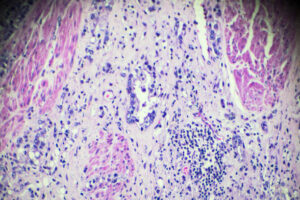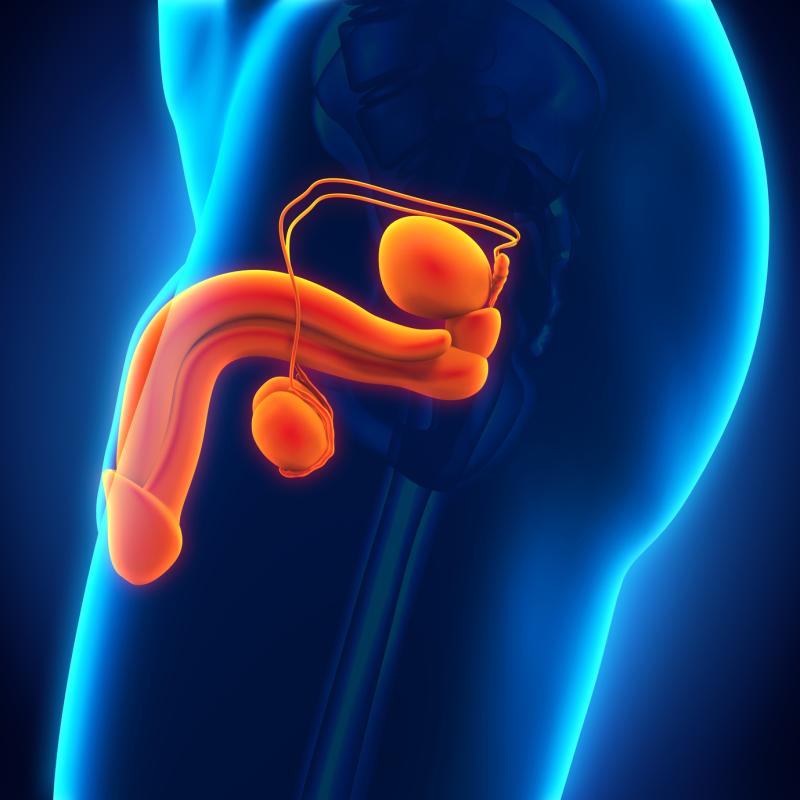Prostate Biopsy Application
It is a pathological examination process by taking tissue samples from the prostate gland. It is used in the diagnosis of prostate cancer. It is recommended when high PSA levels or abnormal findings are detected during DRM. Prostate biopsy applicationIt is performed to diagnose prostate diseases and determine treatment.
In what cases is prostate biopsy performed?

Prostate biopsy is the process of taking tissue samples from the prostate gland and examining them in the laboratory. This process plays a critical role, especially in the diagnosis of prostate cancer.
Prostate Specific Antigen (PSA) is a protein secreted from the prostate gland. A high level of PSA in the blood can be an indicator of various prostate problems. When the PSA level is higher than normal, doctors usually prostate biopsy application suggests.
During DRM, the doctor feels the size, shape, and texture of the prostate with his finger through the rectum. When abnormalities are detected in the prostate, a prostate biopsy is required.
Imaging tests such as MRI are used to detect abnormalities in the prostate gland. If suspicious areas are detected as a result of imaging tests, a biopsy is performed to obtain tissue samples.
For some patients diagnosed with prostate cancer, an active surveillance strategy is preferred. During this process, the patient's condition is monitored regularly. When a change is observed in the data obtained during these follow-ups, a prostate biopsy is performed for examination.
Risk factors such as a family history of prostate cancer increase the risk of developing cancer. In these individuals, depending on certain factors, a prostate biopsy may be recommended.
Prostate biopsy applicationIt is generally a quick procedure with a low risk of complications. However, as with any medical procedure, side effects such as infection, bleeding, and problems with urination rarely occur. Therefore, it is important to follow the doctor's recommendations before and after the biopsy.
How is Prostate Biopsy Performed?
Prostate biopsy is the process of taking tissue samples from the prostate gland. It is used to diagnose prostate cancer. This procedure can be performed by various methods and is generally a short, outpatient procedure. During the procedure, local anesthesia is usually applied. However, in some cases, sedation or general anesthesia may also be preferred.
The patient makes some preparations before the biopsy. This includes stopping the use of certain medications and cleansing the bowels to reduce the risk of bleeding.
Local anesthesia is applied to the patient to minimize pain and ensure a comfortable procedure. This is usually accomplished by injections into the rectal area.
Most prostate biopsy applicationIt is performed under the guidance of transrectal ultrasound (TRUS). During this procedure, the ultrasound probe is inserted into the patient's rectum. The probe produces live images of the prostate and helps the doctor direct the biopsy needle to the right location.
Guided by ultrasound images, the doctor uses a needle-like instrument to take several tissue samples from the prostate gland. Usually 10 to 12 tissue samples are taken. The needle moves in and out in a rapid motion, taking samples from different areas of the prostate.
After the biopsy is completed, the patient is observed for a short time and then sent home. After the procedure, temporary side effects such as mild pain, rectal bleeding or bleeding in the semen may occur.
The tissue samples taken are sent to the laboratory for pathological examination. The results are usually ready within a few days and evaluated by the doctor. These results help determine whether prostate cancer is present and, if so, the type and grade of cancer.
Prostate biopsy is an important tool in diagnosing prostate cancer. However, like any medical procedure, it has certain risks. These risks may include problems such as infection, bleeding, and urinary retention. However, these complications are rare. The doctor's instructions should be carefully followed before and after the procedure.
How Long Does Prostate Biopsy Take?

Prostate biopsy applicationIt is usually a quick, outpatient procedure. The total process, including preparation and the process itself, takes approximately 30 to 60 minutes in most cases. However, it varies depending on the patient's condition, the method, and the need for any preparation.
The patient goes through a short preparation process before starting the biopsy procedure. This involves the administration of local anesthesia and placement of the ultrasound probe. This preparation process usually takes a few minutes.
The prostate biopsy procedure itself is usually completed in 10 to 15 minutes. During this time, the doctor takes multiple tissue samples from the prostate gland under ultrasound guidance.
After the biopsy is completed, patients are usually observed for a short time. This is important to detect and address any abnormal side effects. Observation time is usually between 15 and 30 minutes.
Each patient's experience may be slightly different. That's why your doctor's recommendations and instructions are always your best guide. Prostate biopsy application It is important to carefully follow the instructions given by your doctor before and after.






